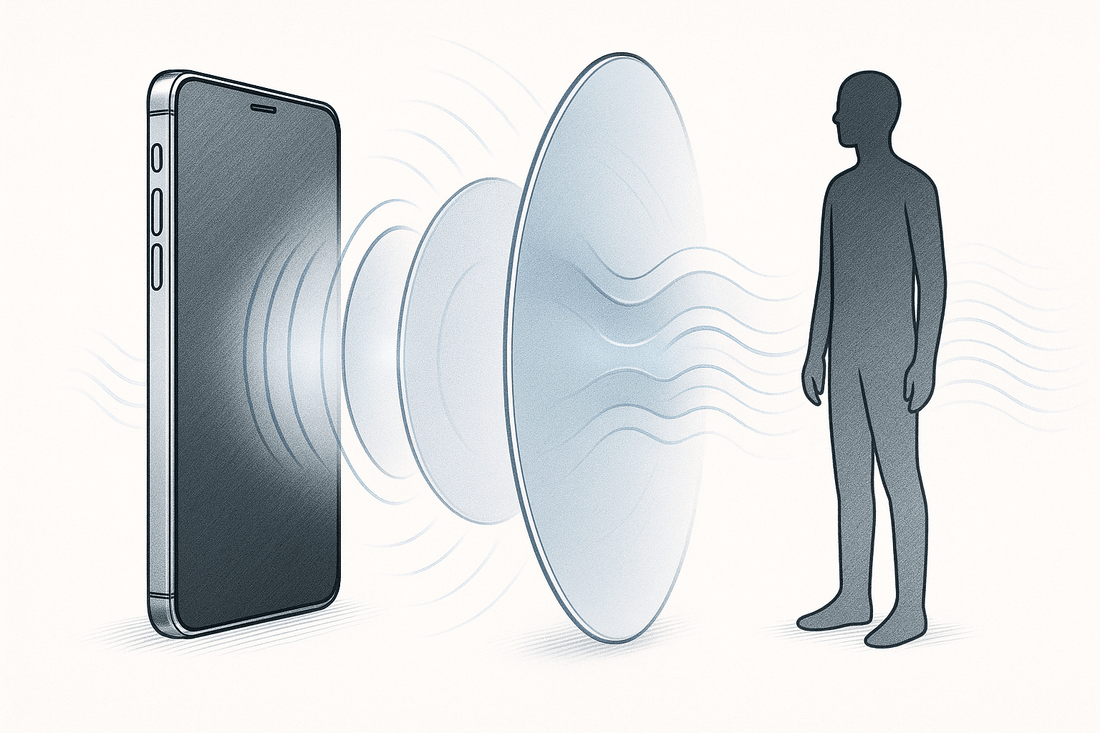This post explores the science behind how electromagnetic fields (EMFs) interact with the human body—both through thermal (heating) and potential non‑thermal mechanisms. While consumer-level exposures from household electronics remain far below harmful thresholds, high-intensity sources can generate heat and induce cellular responses via reactive oxygen species and signaling pathways. The International Agency for Research on Cancer (IARC) classifies radiofrequency EMFs (such as those from cell phones and 5G) as Group 2B—“possibly carcinogenic to humans”—based on limited associations with childhood leukemia and brain tumors, though causality has not been established .
At typical, regulated exposure levels—compliant with ICNIRP and FCC safety standards—only thermal effects are consistently observed. The evidence for non‑thermal biological effects remains inconclusive and requires further study . For those seeking added reassurance, EMI shielding offers a technical mitigation strategy. As the EMI shielding market expands—from roughly USD 8 billion in 2024 to an anticipated USD 14–15 billion by 2035—innovations in materials like conductive polymers and nanocomposites are enabling lighter, more effective solutions compliant with evolving EMC standards .
This grounded overview invites curious readers to learn more through a detailed shielding market review or explore home EMF testing devices. The goal: clear, scientific insight—not alarmism.
Share


